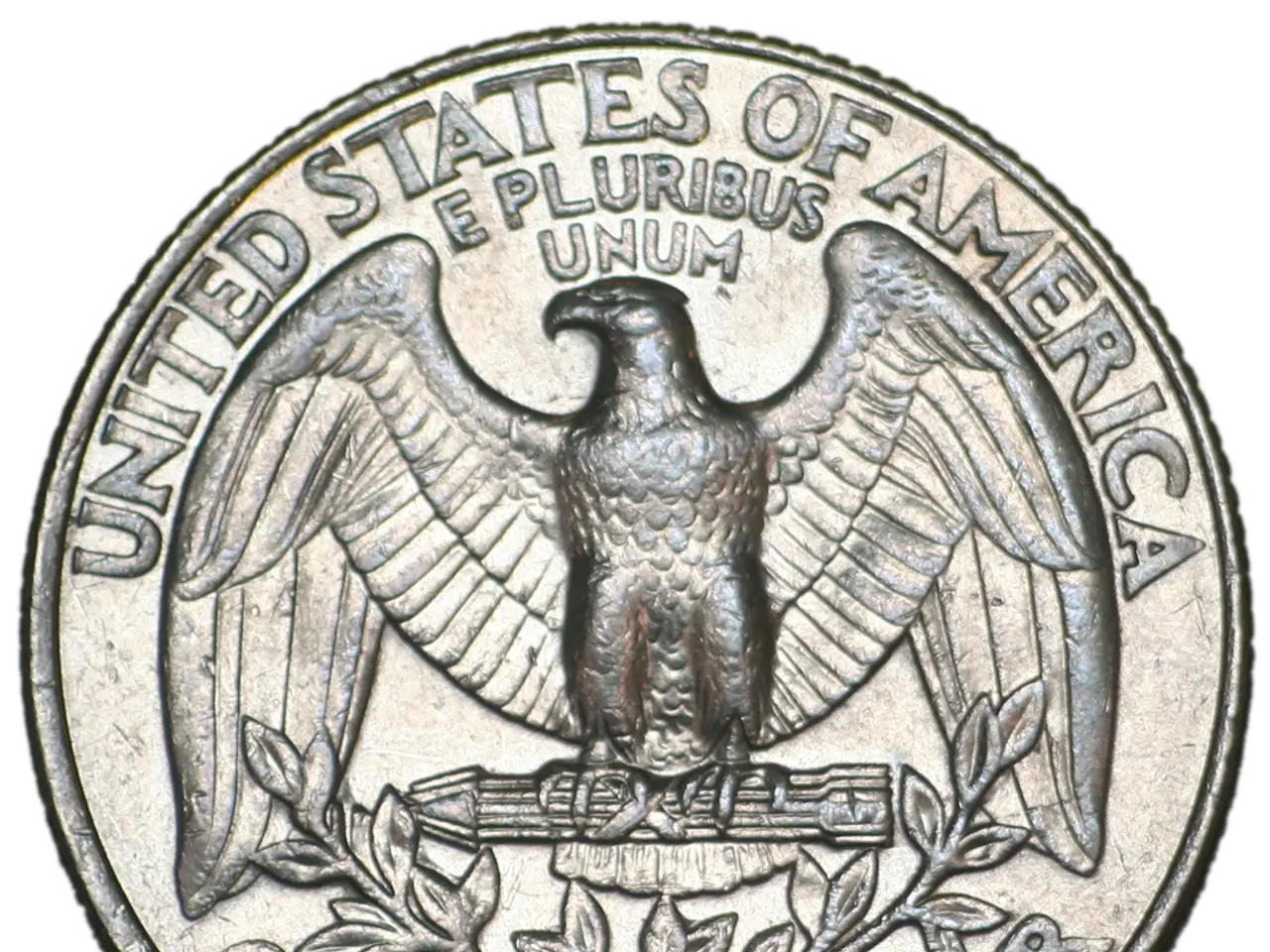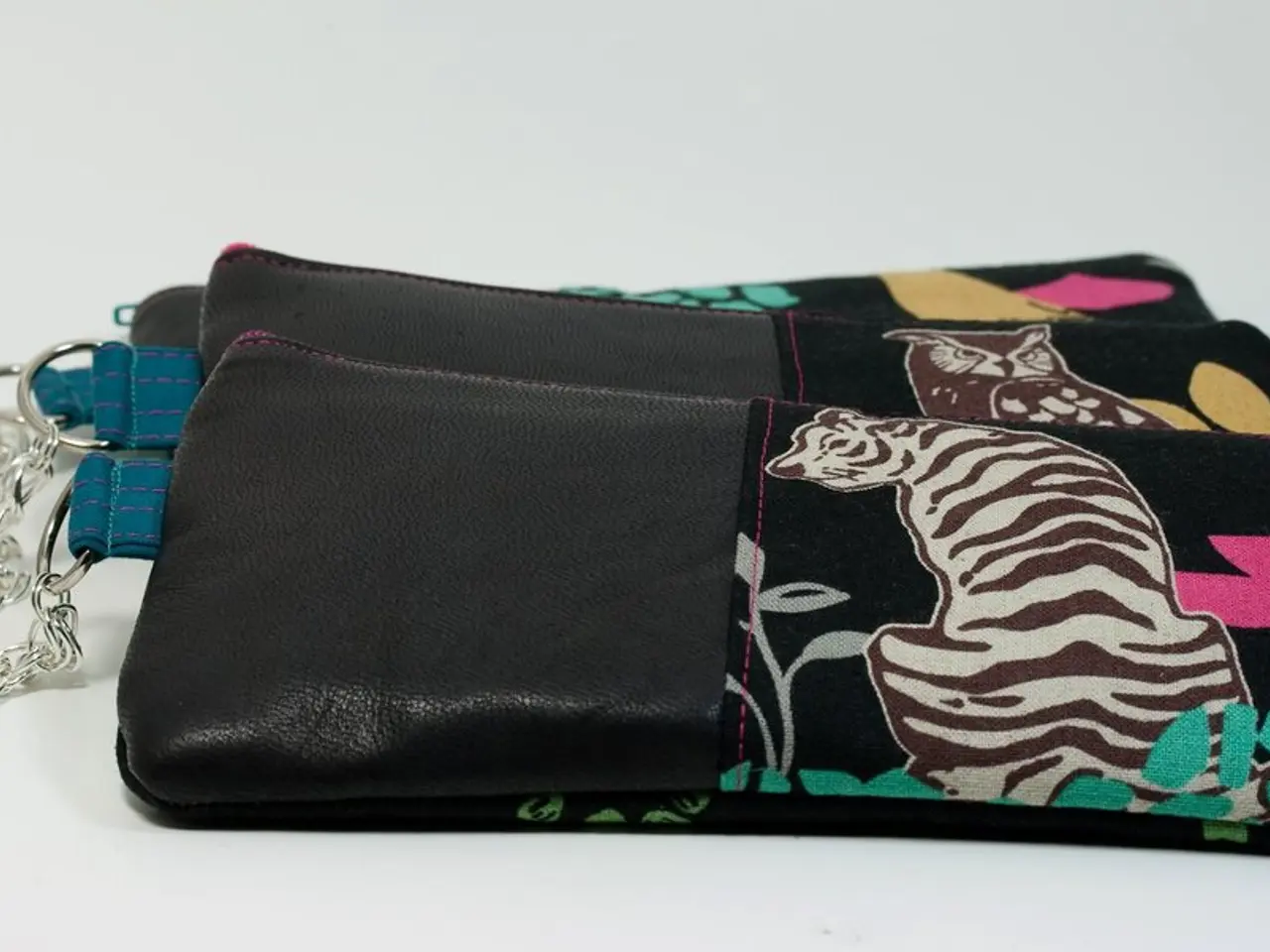Banks across the center strategize for a digitized monetary landscape
In a joint effort to navigate the transition towards a fully tokenized financial system, the Federal Reserve Bank of New York's Innovation Center and the Bank for International Settlements (BIS) Innovation Hub's Swiss Centre have collaborated on Project Pine. This innovative initiative aims to explore the potential implementation of programmable, smart digital currencies by central banks [1][3].
The objective of Project Pine is to equip central banks with the understanding and tools necessary to harness the capabilities of programmable money. This could lead to more efficient and flexible financial market infrastructure and transactions in a digital asset environment [1]. The programmatic nature of these digital currencies would enable authorities to more directly and rapidly intervene or support markets during stress events, potentially enhancing financial stability mechanisms [1].
By collaborating on this groundbreaking project, the Fed and BIS aim to assess the implications of tokenized central bank money for the financial system, develop a platform to experiment with central bank digital currency features such as programmability, and advance capabilities for central banks to respond more effectively to crises in digital financial markets given the growing prominence of digital assets [1][3].
Project Pine's significance lies not just in its technical innovation but its foresight in developing tools before they're needed. The simulation of Project Pine assumes a completely tokenized financial landscape with institutional structures similar to today's, providing valuable insights into how central banks' most fundamental operations might transform in a digital-first financial future [1].
The prototype developed as part of Project Pine could enable central banks to announce and deploy new emergency facilities simultaneously, potentially reducing the timeframe for crisis response. Six additional central banks contributed requirements for Project Pine, emphasizing flexibility as their paramount concern [1].
It is important to note that Project Pine does not establish policy frameworks or regulatory guidance but instead facilitates informed discussions and pilot experiments [3]. Central bankers are not proposing to remove human judgment from critical decisions, but they acknowledge that some programmable functions could be implemented conventionally. The increased efficiency in crisis response is due to the use of smart contracts in tokenized systems [1].
The work does not reflect policies or directives of the Federal Reserve Bank of New York or the Federal Reserve System. Project Pine utilized Ethereum compatible Hyperledger Besu and Solidity for its smart contracts [1]. The researchers emphasized their technology-neutral approach in Project Pine, making it adaptable to various digital asset ecosystems [1].
In summary, Project Pine represents experimental thinking about a hypothetical future where every transaction exists as digital tokens. The focus on adaptability in Project Pine could lead to faster crisis response in digital financial markets, making it a valuable asset in the transition towards a fully tokenized financial system [1]. Central bankers believe that Project Pine could prove valuable during this transition, helping them model various scenarios and prepare for the challenges and opportunities that a tokenized financial system may present [1].
References: [1] Federal Reserve Bank of New York. (2021). Project Pine. Retrieved from https://www.newyorkfed.org/newsevents/news/research/2021/araneta20210621 [3] Bank for International Settlements. (2021). Project Pine. Retrieved from https://www.bis.org/publ/workprog181.htm
- The collaboration between the Federal Reserve Bank of New York's Innovation Center and the Bank for International Settlements (BIS) Innovation Hub's Swiss Centre, through Project Pine, aims to examine the implications of tokenized central bank money for the banking sector, with a focus on developing a platform for experimenting with programmable features and enhancing central banks' capacity to respond effectively to crises in digital financial markets.
- The technological innovation of Project Pine, which assumes a fully tokenized financial landscape, offers valuable insights into how traditional retail banking and investment mechanisms could evolve in a digital-first financial future, potentially leading to more efficient and flexible banking and investing procedures.
- As retail operations explore tokenization as a method for streamlining transactions and improving responsiveness, the learnings from Project Pine's exploration of central bank digital currencies could provide vital information about the potential role of technology in both retail and banking sectors, further shaping the future of finance and investing.




